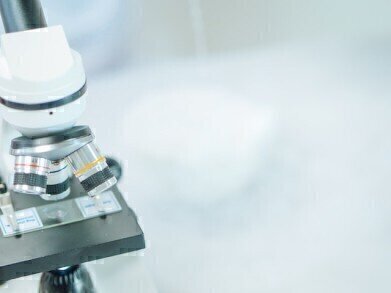Laboratory Products
5 Expenses When Starting a Lab
Aug 14 2022
Setting up a laboratory from scratch is an exciting milestone for any scientist. Whether establishing a clinical research site at a public university or a R&D facility for an established private company, starting a lab is a big responsibility. Unsurprisingly, starting a lab also comes with significant expenses.
Read on as we take a closer look at some of the biggest outlays and overheads:
-
Purchasing equipment
All laboratories rely on equipment to carry out research. Even basic equipment such as manual pipettes, glassware, scales, hotplates and incubators require a significant investment. For specialised labs, the costs of purchasing equipment are much higher. For example, labs carrying out bloodwork analysis generally need to invest in haematology analysers, highly specialized systems that rapidly identify and quantify blood cells. These can cost anywhere from US$10,000 to US$20,000.
Similarly, IVF laboratories must purchase nitrogen gas generators to control incubator conditions and promote embryo growth. Prices vary between US$20,000 to US$100,000 for mid flow generators and can be higher for large flow systems. Other instruments are more affordable. For example, benchtop centrifuges can be purchased for as little as US$1000.
-
Purchasing supplies
Supplies are another major expense for laboratories. The costs will depend on the type of lab being set up and the nature of the research and experiments being carried out. For example, life sciences laboratories will generally need to stock up on cell growth media liquids and gels, agar broths and buffers.
Chemical reagents are used in a wide range of laboratories, including drug research and development facilities. For high-precision work, labs must invest in Analytical Research (AR) grade chemicals. These reagents minimise trace impurity levels to improve precision. This makes them essential for highly sensitive analytical applications, such as food analysis.
-
Paying staff salaries
Paying staff salaries is one of the biggest ongoing expenses a laboratory takes on. Unlike purchasing equipment, which is often a one-off expense, salaries must be continually paid. The cost will depend on the calibre of staff. For example, a fully-qualified and experienced cytotechnologist who specialises in detecting cellular anomalies will demand a higher salary than a student assistant.
-
Maintenance contracts
Laboratory equipment must be properly maintained throughout its operational lifespan. Many laboratories choose to outsource this responsibility to third parties that specialise in maintaining and repairing laboratory assets. Having a maintenance contract in place often pays for itself in the form of increased uptime, heightened accuracy and a longer equipment lifespan.
-
Insurance
Behind-the-scenes costs such as insurance should never be overlooked when setting up a lab. A good insurance policy should not only cover staff but include compensation for equipment and supplies.
Thanks to government grants, private funding and generous start-up packages, setting up a research lab doesn’t have to blow the bank. Find out more about some of the newest labs funded by grants in our complete guide, ‘How to Start a Research Lab - All Bases Covered’. Or check out the article 'Why UK participation in Horizon Europe matters to you' to find out about EU funding post-Brexit.
Digital Edition
International Labmate 49.6 - Sept 2024
September 2024
Chromatography Articles - HPLC gradient validation using non-invasive flowmeters Mass Spectrometry & Spectroscopy Articles - From R&D to QC, making NMR accessible for everyone: Putting NMR...
View all digital editions
Events
Sep 22 2024 Messina, Italy
19th Confocal Raman Imaging Symposium
Sep 23 2024 Ulm, Germany
Sep 24 2024 Kielce, Poland
WoTS - World of Technology and Science
Sep 24 2024 Utrecht, Holland
Sep 25 2024 Frankfurt am Main, Germany



















